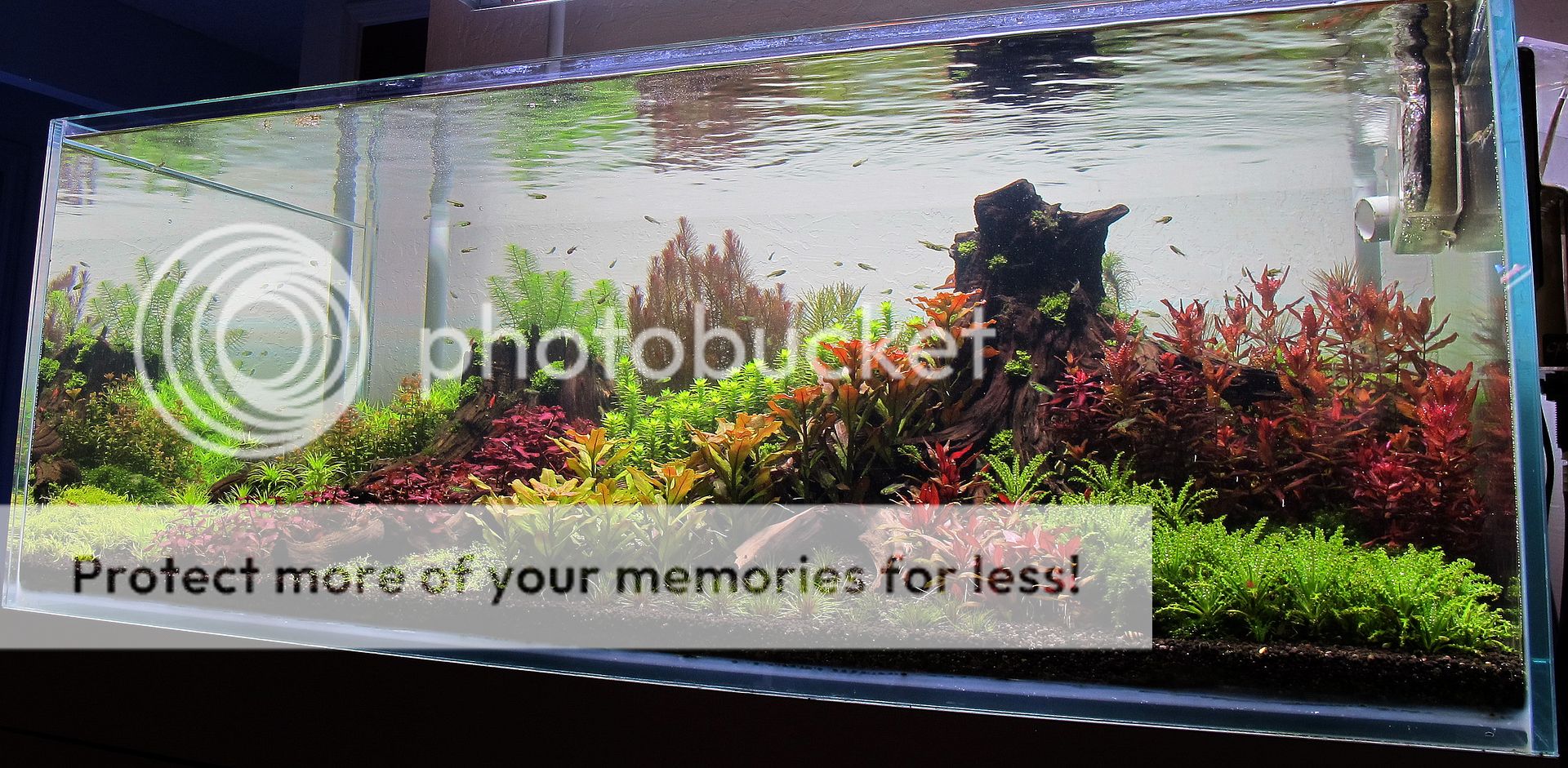three-fingers said:
All your "evidence" seems to be is the definition of the word "competition" which if you read does not back up your theory in full. To support my claim, here is the link that you provided : http/www.thefreedictionary.com/competition
In the second definition of the word on that page : 6. (Life Sciences & Allied Applications / Environmental Science) Ecology the struggle between individuals of the same or different species for food, space, light, etc., when these are inadequate to supply the needs of all.
Can you supply the needed evidence supporting that there is not adequate nutrients to supply the needs of both the plants and the bacteria?
I can see why you might be confused by that particular ambiguous definition out of many from that page, I should have clarified the only definition I was referring to on that page was "the simultaneous demand by two or more organisms for limited environmental resources, such as nutrients".
The ambiguous part of the definition you are referring to is "the needs of all", what is "all"? A specific bacterial count and plant biomass? Who knows, that definition doesn't specify.
To clarify things, I will provide a definition on the terms asked of me - here's a statement from a peer-reviewed published paper that corroborates my definition :
Tilman, D. "Ecological competition between algae: experimental confirmation of resource-based competition theory." Science 192.4238 (1976): 463-465)
All possible outcomes of ecological competition, including stable coexistence, were observed in laboratory studies of two species of freshwater diatoms potentially limited by phosphate and silicate. The relative abundance of these nutrients determined the outcome of the competition. The observed conditions of coexistence and competitive displacement agree with those predicated solely from the abilities of each species to aquire and utilize limiting nutrients. Coexistence occurred only when the growth rate of each species was limited by a different resource.
This study deals with competition between two different simple plant species (diatom algae), tested in an aquarium. The same principles apply when discussing a plant species and bacteria species that are using the same nutrient.
So, as you can see, I don't need to supply evidence "not adequate nutrients to supply the needs of both the plants and the bacteria" - this is not a condition of "competition".
Oh and Tcamos , thanks for your contribution, obviously I agree totally with you
Oh I am not "confused" by any means. Since that definition of "competition" deals with Ecology as does the definition you want to use -- you can not pick and choose which definition of the same word you want to use.
Supplying a study where two sources of algae compete with each other is not the same as supplying a study that shows that plants and bacteria compete for the same nutrients. From keeping planted tanks that I pull media from to cycle other new tanks....I see no competition at all between plants and the bacteria. I see a symbiosis (http
 /dictionary.reference.com/browse/symbiosis) relationship between the two organisms. If in my heavily planted tanks, the plants competed with the bacteria then I would not be able to fully jump start a new cycle in a totally new tank with very light planting and have no issues with an immediate cycle with no spikes.
/dictionary.reference.com/browse/symbiosis) relationship between the two organisms. If in my heavily planted tanks, the plants competed with the bacteria then I would not be able to fully jump start a new cycle in a totally new tank with very light planting and have no issues with an immediate cycle with no spikes.




